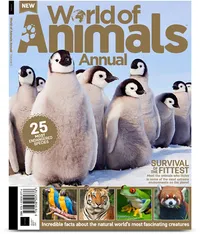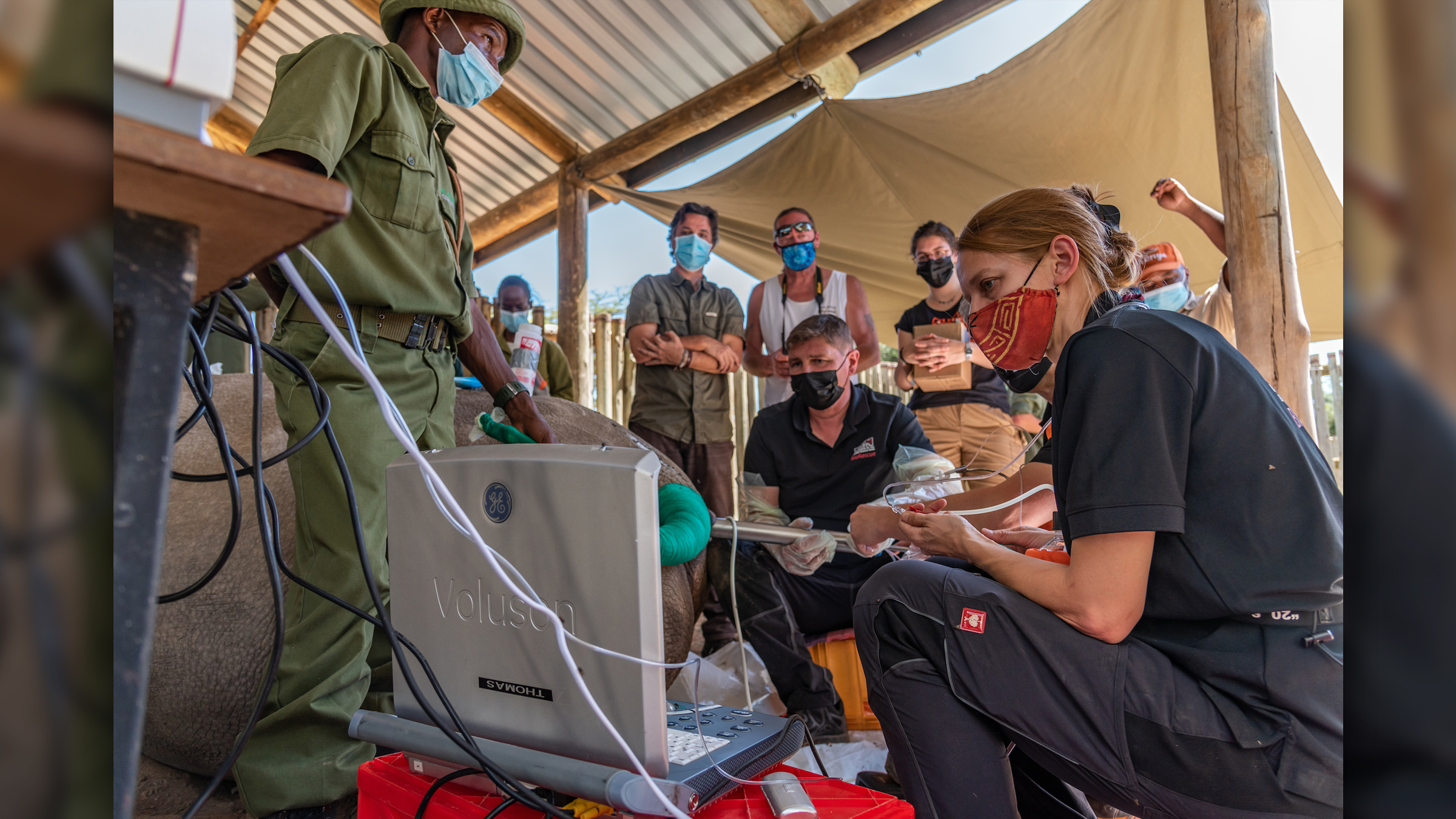Embryos of Northern white rhino created. Will they save nearly extinct creature?
There are now five viable embryos to help save the rarest rhinos on Earth.

Two northern white rhino embryos have been created in a lab, bringing fresh hope that the animal could be saved from extinction.
The two new viable embryos add to the existing stash of three, bringing the total number of viable embryos to five, BioRescue, an international consortium working to save the northern white rhino, announced in a statement on Jan. 14.
Only two northern white rhinos are left on Earth and both are female, Live Science previously reported. In the latest effort, the team collected egg cells from one of these females and fertilized them using the frozen sperm of a dead male.
"It's not scientific exercise, it is really a conservation approach with very ambitious, very new technologies," Dr. Thomas Hildebrandt, head of the BioRescue project and a professor at the Leibniz Institute for Zoo and Wildlife Research in Germany, told Live Science.
Related: The most endangered species on the planet
Decades of poaching for its horn have left the northern white rhinoceros (Ceratotherium simum cottoni) on the brink of extinction, according to the World Wildlife Fund for Nature (WWF). The two females left, Najin and her daughter Fatu, live at the Ol Pejeta Conservancy in central Kenya.
Both of these females are unable to carry a pregnancy themselves due to health issues, and so scientists and conservationists are racing to produce viable embryos in a lab that can be implanted into the closely related southern white rhino.
Get the world’s most fascinating discoveries delivered straight to your inbox.
The team sedated Fatu in December and collected egg cells from her ovaries. They could not collect egg cells from her mother Najin, possibly due to her older age and the presence of a tumor in her abdomen, according to the statement.
Fatu's egg cells were transported from Kenya to Avantea laboratory in Italy and were fertilized using the thawed sperm of Suni, who died at the Ol Pejeta Conservancy in 2014.
World of Animals Annual: $22.99 at Magazines Direct
The animal kingdom is a fascinating, beautiful and complex world, but it faces an uncertain future. In the past few years, we’ve seen Japan resume whaling and scientists warn that the next decade could prove pivotal for the Earth’s environment and its inhabitants. This annual explores some of the threats faced by 25 of the world’s most endangered creatures and meets the animals that owe their continued existence to the vital Endangered Species Act of 1973.
The scientists created two fertilized eggs from Fatu's egg cells and Suni's sperm, which then developed into viable embryos. They have been stored in liquid nitrogen, along with the three other embryos created in 2019, according to the statement.
Conservationists want to implant these embryos into southern white rhino surrogates, which will hopefully give birth to northern white rhino offspring in approximately 16 months.
Once the babies are born, the surrogate mother will be kept at the Ol Pejeta Conservancy with the two remaining northern white rhinos so the calf can grow up with them. This placement needs to be done while Najin and Fatu are still alive.
White rhinos typically live to between 30 and 40 years old, Live Science previously reported. Najin is already 31 and, while she is in good health now, Hildebrandt does not know how long she will last. Her daughter Fatu is in her early 20s.
"We need a little baby to learn from Najin and Fatu how to behave as a northern white rhino. So that brings us under quite a lot of time pressure, and we hope that we can start with the first transplantation attempts at the end of this year," Hildebrandt said.
Originally published on Live Science.

Patrick Pester is the trending news writer at Live Science. His work has appeared on other science websites, such as BBC Science Focus and Scientific American. Patrick retrained as a journalist after spending his early career working in zoos and wildlife conservation. He was awarded the Master's Excellence Scholarship to study at Cardiff University where he completed a master's degree in international journalism. He also has a second master's degree in biodiversity, evolution and conservation in action from Middlesex University London. When he isn't writing news, Patrick investigates the sale of human remains.




